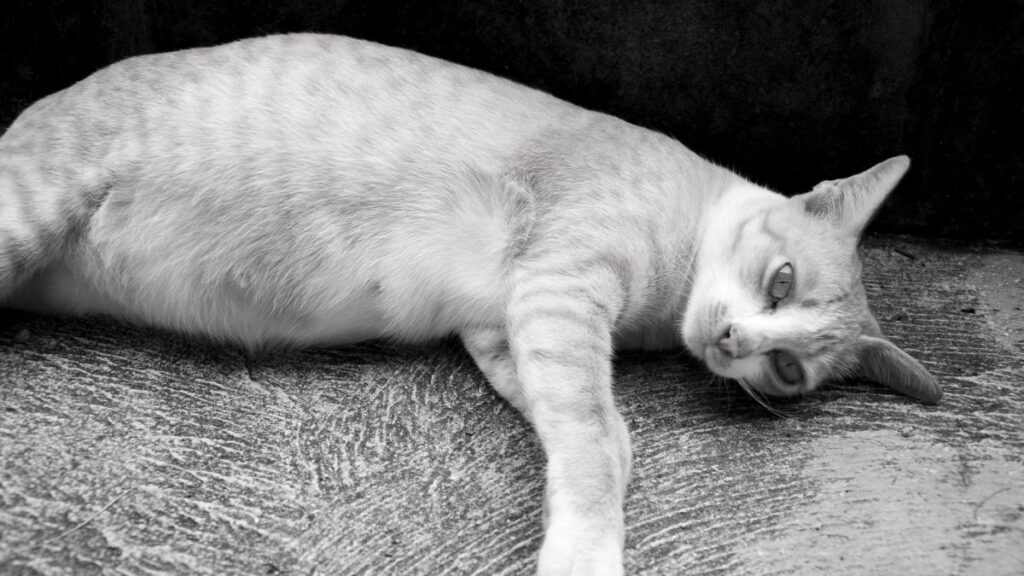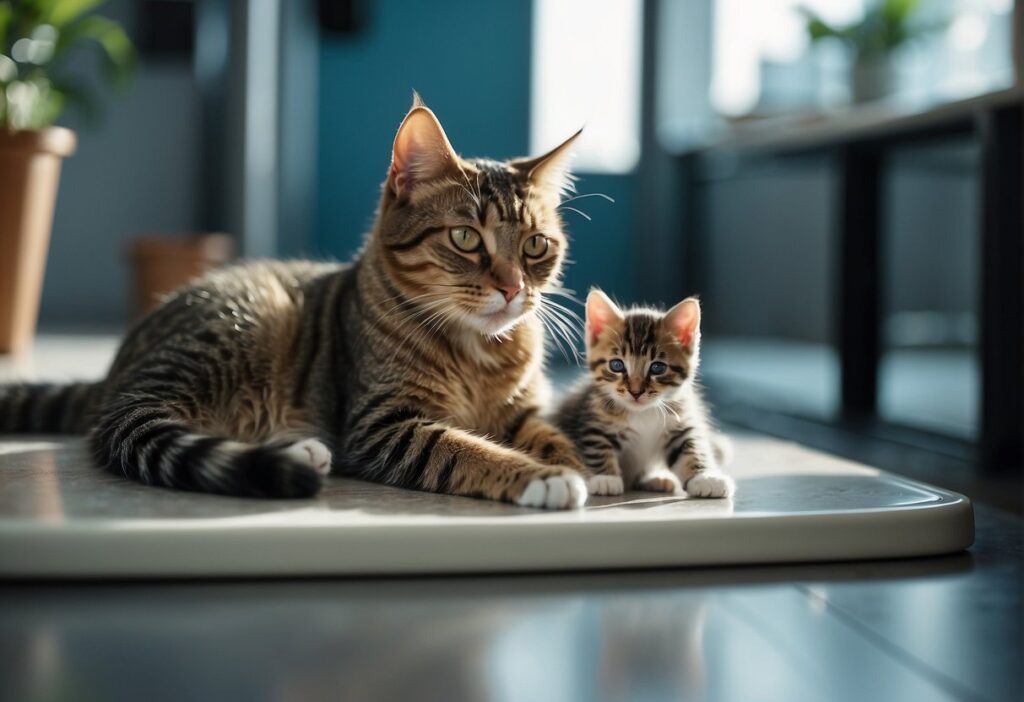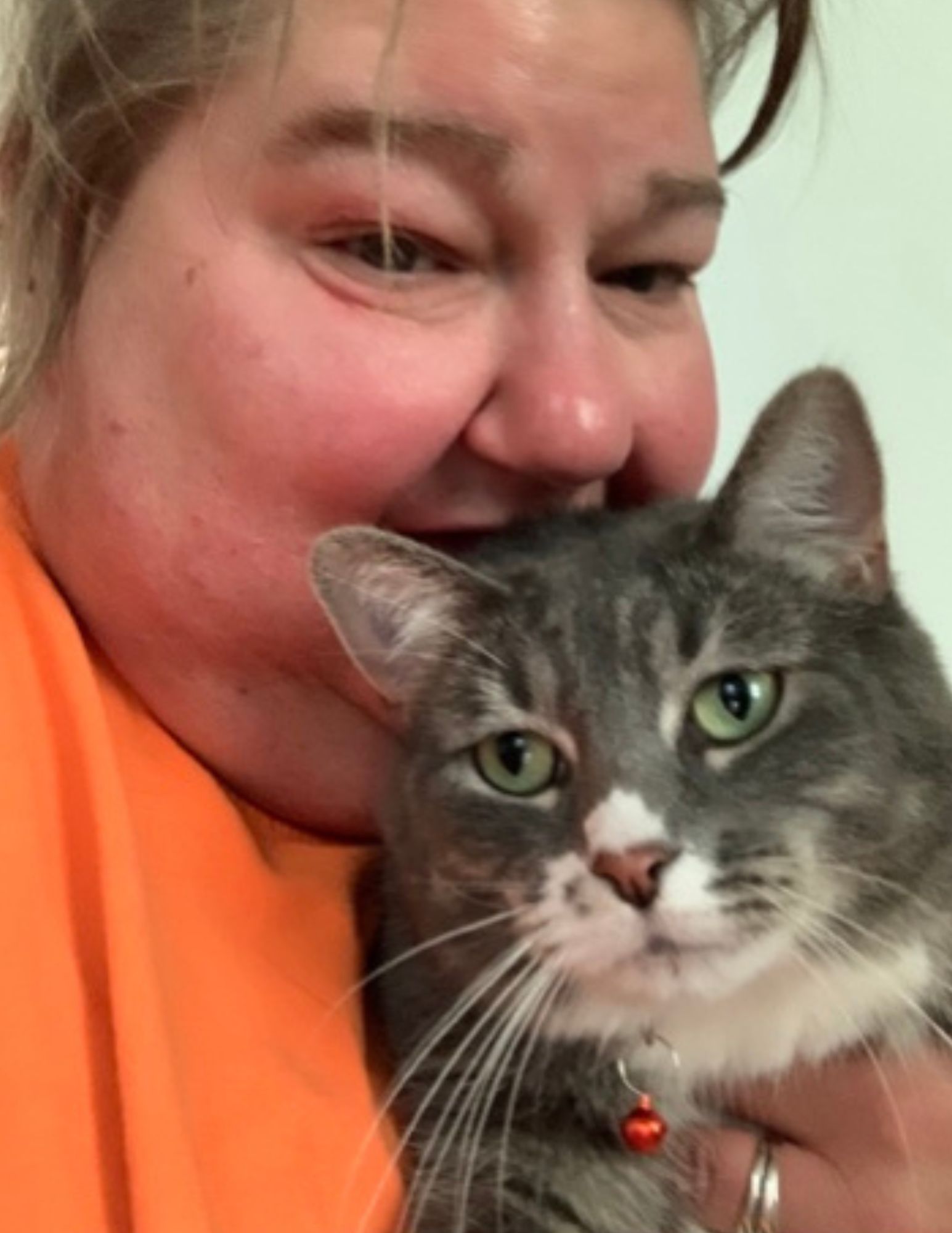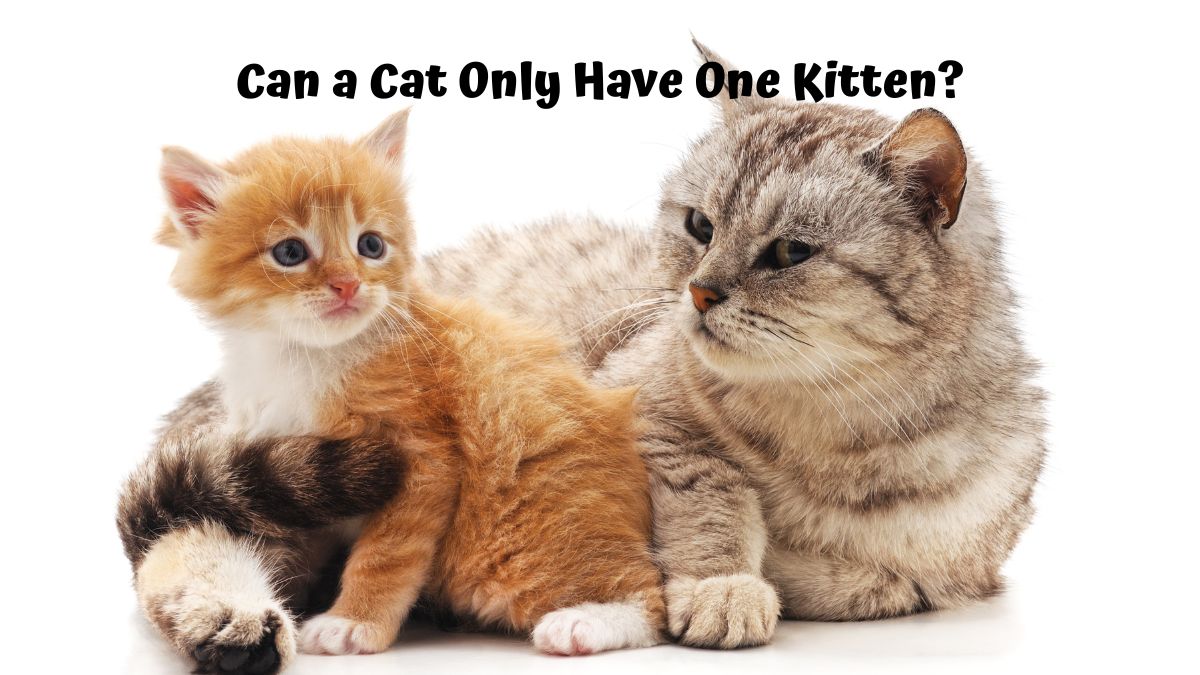Welcoming a cardboard box full of meows and purrs is an exciting time for any cat owner, marking the beginning of a longer period of time filled with joy, challenges, and discovery.
When a cat becomes pregnant, the anticipation of a new litter of kittens brings emotions and preparations.
However, sometimes the expected crowd turns out to be an audience of one. This article explores the fascinating world of feline reproduction, precisely the phenomenon of a cat giving birth to a single kitten.
Despite being rare, this occurrence can significantly impact the adult cat, its tiny offspring, and their human caretakers.
From understanding the most common reasons behind singleton litters and how they affect a cat’s behavior to the importance of providing excellent care during this best time, we explore the essentials of ensuring healthy kittens.
Whether creating a comfortable birthing box, managing the umbilical cord, or introducing a second kitten as a best friend, every aspect of this journey requires attention and knowledge.
Join us as we uncover the mysteries of cat breeds, the significance of a pair of kittens for social development, and how to cherish and nurture these moments with your furry best friend.
Understanding Single Kitten Phenomenon

Single kitten births in cats, also known as singleton litters, may occur for various reasons.
It’s primary for pet owners to know that while uncommon, a cat can give birth to only one kitten instead of a more typical multi-kitten litter.
This phenomenon may affect the first litter or successive pregnancies.
Identifying Singleton Kittens
A singleton kitten is the sole offspring from a cat’s pregnancy. Veterinarians may determine this through ultrasound or palpation during the cat’s pregnancy.
Multiple factors can cause singleton litters, such as genetic predisposition or health-related issues in the mother cat.
In some cases, singleton kittens result from a cat’s first litter. The size of a litter generally increases with the cat’s age and health.
Implications for Pet Owners
Owning a singleton kitten impacts both the pet and the owner. Singleton kittens might develop behavioral differences because they lack interaction with siblings.
This “single kitten syndrome” may include problems with social cues and physical play.
Such kittens may require extra attention from their owners to ensure proper social development.
Owners of singleton kittens should provide their pets with plenty of interaction and playtime and potentially arrange for socialization with other cats when appropriate.
Cat Pregnancy and Birth Basics

Understanding cat pregnancy and the birth process is crucial for responsible pet ownership.
Pregnant cats experience various physiological changes leading up to the delivery of kittens. The birthing process, known as cat labor, follows a recognizable pattern and may involve specific birth difficulties.
Stages of Cat Labour
Cat labor is divided into three distinct stages:
- The Onset of Labour: This stage is marked by behavioral changes such as restlessness, vocalization, and nesting behavior. Owners may also notice a more prominent fetal movement during this period.
- Active Labour: During this phase, contractions become more intense, leading to the appearance of the amniotic sac and, subsequently, the kittens. It is normal for a cat to give birth to multiple kittens, typically one kitten every 30 to 60 minutes, with an average litter size ranging from three to five.
- Delivery of the Afterbirth: Each kitten is followed by the expulsion of the placenta. The cat must expel all placental material to prevent infection or complications post-birth.
Preparing for the Big Day
Here is what to expect and how to prepare for a cat’s delivery:
- Nesting Area: Provide a comfortable, quiet, and warm place for the cat to give birth, which should be prepared before the anticipated delivery date.
- Veterinary Contact: Have your veterinary clinic’s contact information readily available in case there are birth difficulties or if a cat does not deliver all her kittens in a reasonable amount of time.
- Observation: While respecting the cat’s privacy and avoiding unnecessary intervention, careful observation is essential to identify potential problems early on during labor.
Health and Litter Size Correlations

The health of a female cat can significantly influence the number of kittens she delivers. Robust health often leads to larger litter, while health complications can contribute to smaller litter sizes.
Factors Affecting Litter Sizes
A variety of elements determine the size of a cat’s litter.
First and foremost, the age of the mother cat is crucial; younger and older cats tend to have fewer kittens per litter.
A mother’s physical condition and health are also critical. Well-nourished and healthy cats are more likely to have larger litters.
Furthermore, genetic factors play a role in determining litter size, with some breeds producing larger litter than others.
Health Risks in Pregnant and Birthing Cats
Pregnancy and birth carry several potential health risks for cats.
Complications such as dystocia or difficult birth are more frequently observed in cats with smaller litter sizes or those giving birth for the first time.
Health issues ranging from nutritional deficiencies to systemic illness can lead to reduced litter sizes.
Moreover, during gestation, a female cat requires increased calories and careful monitoring to ensure her well-being and that of her offspring.
The Impact of Solo Kittens on Feline Behavior

Single births in cats, where a mother delivers a solo kitten, can generate unique behavioral patterns in these “singleton” kittens owing to the lack of littermate interaction.
Behavioral Concerns for Singleton Kittens
Singleton kittens may display behavioral problems due to limited social interactions during critical development.
They are often deprived of the natural process of play-fighting with siblings, which is essential for learning limits, such as bite inhibition.
- Lack of bite inhibition: Solo kittens may bite harder during play and as adults because their littermates did not correct them.
- Excessive attention-seeking: They may require more human attention and may develop separation anxiety or other stress-related behaviors.
- Poor social skills: These kittens might not develop appropriate social cues, making it difficult for them to interact with other cats.
Without these early life experiences, singleton kittens can become overly timid or excessively rough in their play.
Benefits of Social Interactions
Feline social interactions, especially during kittenhood, shape well-adjusted adult behaviors. Littermates teach each other important lessons through play and daily interactions.
- Development of social cues: Kittens learn to interpret and express body language, vocalizations, and other social signals.
- Learning appropriate play: Through interaction, kittens understand the boundaries of play, including managing claw and bite strength.
Interventions, such as additional playtime with humans or safe exposure to other kittens, may mitigate the lack of these key social experiences.
Solo kittens must have interactive play that helps them develop appropriate social and physical boundaries.
Post-Birth Care for Mother Cat and Kittens

Post-birth care is crucial for the mother cat’s and her kittens’ health. It focuses on monitoring their well-being and development from the moment of birth.
Immediate Postpartum Period
Immediately after birth, ensuring the mother cat is calm and comfortable is critical. It is vital to provide a clean, quiet, and warm environment.
Watch for the mother’s instinctive behaviors, such as cleaning and feeding the newborns. The mother cat should be able to rest, as the experience is often tiring.
Newborn Care Checklist:
- Warmth: Maintain a steady warm temperature. Consider a hot water bottle wrapped in a towel as a heat source if necessary.
- Cord Care: Check that the umbilical cords are clean and infection-free.
- Health Monitoring: Regularly monitor the mother cat and kittens for signs of distress or health issues.
Weaning and Finding New Homes
The weaning process typically starts around four weeks. Now, kittens gradually shift from their mother’s milk to solid food.
It is important to ensure that this transition is smooth and stress-free.
Kitten Development Milestones:
- 4-8 weeks: Introduction of kitten-formulated food.
- 8 weeks and beyond: Begin litter box training as kittens develop control.
Once kittens are independent and socialized, usually by 12 weeks, they may be ready to find new homes. The process should be thoughtful and aimed at placing kittens in safe, long-term environments.
New Home Preparation:
- Educate new owners on cat care essentials.
- Ensure kittens leave with a clean bill of health.
- Advocate for spaying/neutering to prevent future unplanned litters.

Meet Ann Haasnoot, the passionate founder of CatFurLife.com. A lifelong cat lover from Wisconsin, Ann combines her extensive feline behavior and care knowledge with her love for writing. On her website, she shares invaluable insights about cat breeds, care tips, and her experiences with her beloved furbaby, aiming to deepen the bond between cats and their human companions.

